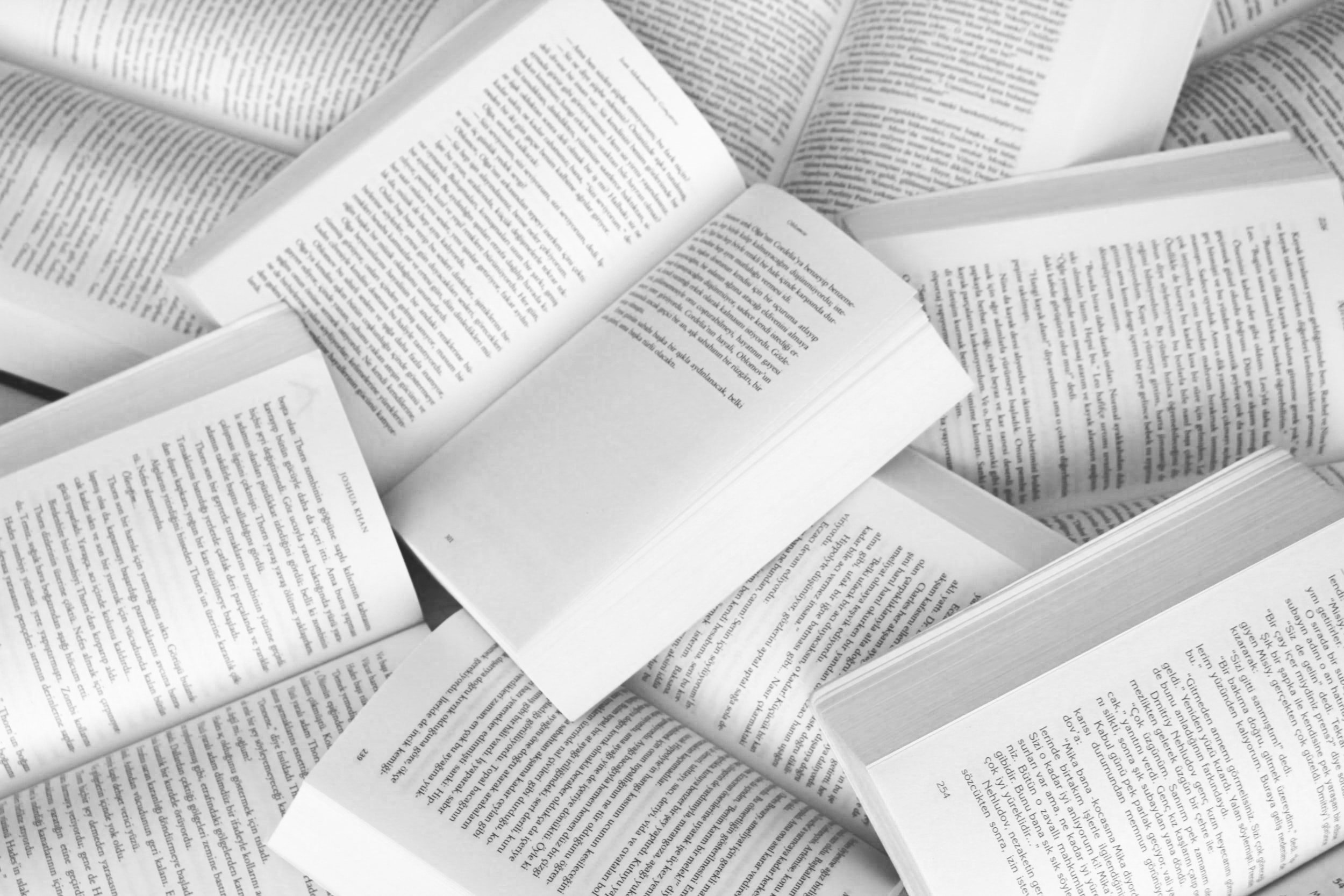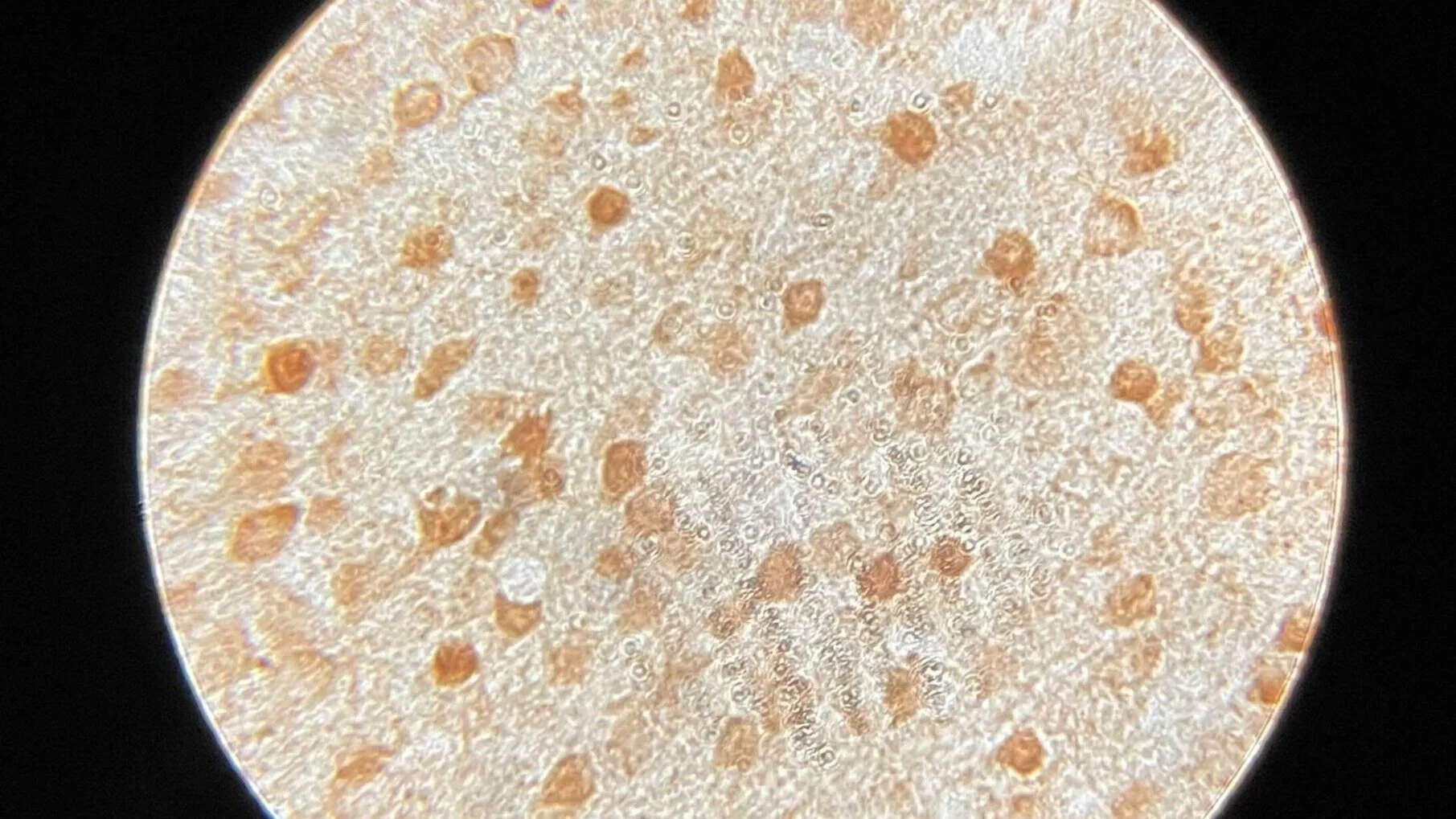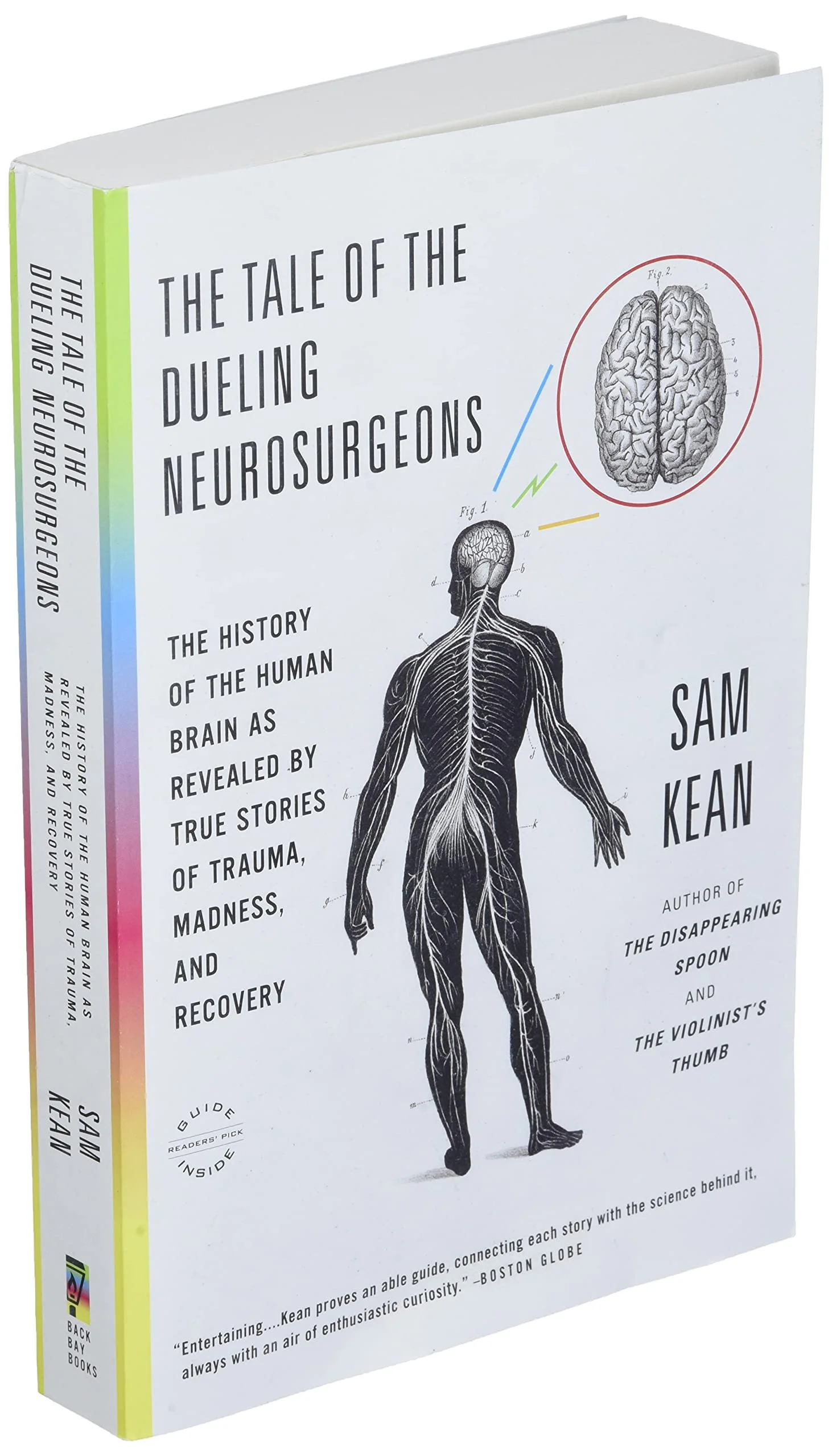
NEUR100: Intro to Neuroscience
Welcome to the beginning of your journey into the brain!
COURSE OVERVIEW
This course provides an introduction to the brain at a cellular, systems, and behavioral level. A wide range of topics will be considered, including neuroanatomy, neurophysiology, and cellular and basic organization of the brain.
You will also learn how the intersection of multiple disciplines (ranging from molecular biology and biochemistry to computer science and psychology) come to further our understanding of how the nervous system works, both in health and disease.
NEUR100 Course Learning Objectives
At the end of this course, you should be able to:
Recognize, define, and understand basic neuroscience terminology used in the course
Build a solid understanding of our current scientific knowledge about the brain
Utilize and explain basic methods used in both human and animal neuroscience research
Understand and be able to explain the ethical regulations and practices for protecting animal and human research subjects
Apply knowledge obtained in class to critically evaluate experimental methods in neuroscience research as presented in both scientific literature and the popular press
Science Designation Learning Objectives
This course carries a Science designation. As such, by the end of this course you will be able to:
Identify some of the fundamental principles and laws in the physical and/or life sciences.
Explain how scientists ask and answer questions.
Apply the methods of scientific inquiry.

Required Course Materials
There is one required textbook for this course (Foundations of Behavioral Neuroscience; see below). However, neuroscience is a rapidly evolving field. As such, there will be approximately one additional short reading per week, pulled from a range of sources (popular press to scientific journals) that will be used to support/supplement the text. These additional readings will serve as the foundation for class discussions. Additional readings will be posted to Blackboard and must be completed prior to the class listed on the outline.
Foundations of Behavioral Neuroscience (textbook)
-
This is the base textbook for our course from which lectures and discussion are based. I highly recommend purchasing a copy of this (digital or paper format, it does not matter). It can be used to supplement material from lecture and explore concepts in more detail Bonus: you will use the same book in NEUR200!
-
Carlson, N.R. & Birkett, M. (2020) Foundations of Behavioral Neuroscience (10th ed.) New York, NY: Pearson.
ISBN-13: 978-0-13-464142-3
The Tale of the Dueling Neurosurgeons (popular press book)
-
This a popular press book we will use to supplement our course discussions. It has excellent historical examples of neuroscience in action!
-
Kean, S. (2014). The tale of the dueling neurosurgeons: The history of the human brain as revealed by true stories of trauma, madness, and recovery. New York, NY: Back Bay Books.
ISBN: 978-0-316-18235-5
Neurons in Action: Version 2 (computer program)
-
This is a computer program that models neural activity. We will use it for lab/lecture days in the middle of the course. I recommend that everyone purchase this, or if not, be sure at least one member of your group has a working copy to use during lab time.
-
Moore, J.W. & Stewart, A.E. (2007) Neurons in Action (Version 2) Sunderland, MA: Sinauer Associates Inc.

Additional course material and things to make your life easier.
Below are some useful resources curated to maximize your success in this course and beyond. They contain a wealth of additional and supplemental material to help you.
Additional required course readings
-
These readings are designed to help provide a different perspective on the course material. hen reading them, try to see the links between what we are doing in class and these real world examples of the neuroscience in action!
-
Typically, these course readings are due on Wednesdays before class. They serve as the basis for class discussion that day. Be sure to check the syllabus outline to see exact due dates!
NEUR100 study aids and worksheets
-
This link takes you to a wealth of worksheets, videos, and additional readings that can be used to solidify your understanding of the course material. Many useful study helpers can be found here!
Helpful resources for this class and beyond (reading, writing, etc.)
-
Navigating college goes beyond our classroom. Here you can find a wide range of resources to help you become a better scientist, student, or simply to help you with navigating through college life.
Lecture and lab will be integrated together.
This course will be different from your typical science courses in that lecture and laboratory will take place in the same classroom and will be integrated together. Based on the activity, the time allocated each week for laboratory activities will vary and will occur during both lecture and lab times. Some days there will be materials on the table; please leave the materials in place until it is time to participate in the designed activity. I ask that you be flexible with this approach, and trust that class is being conducted in this manner to benefit your and enhance your learning.
You MUST bring a PRINTED copy of the lab manual with you to each designated lab section. A failure to prepare for laboratory will result in a 10-point deduction from your final grade per lab.

Reading assignments
You will have 4 reading assignments and 5 sections from the Sam Kean Book “The Tale of the Dueling Neurosurgeons” to complete throughout the term, worth a total of 90 points (10 points each). These are meant to get you thinking about the week’s lecture, and provide a novel insight on topics in the field. Questions will be posted on Canvas and are always due either on Wednesdays before class or the Sunday after they are assigned.

Letter Writing Assignment
Scientists have made great strides in furthering our understanding of how the brain functions, both when healthy and when afflicted by disease. While much work still needs to be done to integrate and expand upon these findings in order to develop new treatments, NIH/NSF funding levels continue to decline. For this assignment you will choose one of your Senators and research which NIH/NSF funding bills have been items of contention over the past year (or coming up in the near future). You will then write a letter advocating for increased neuroscience research funding. Assignment instructions and expectations are available here. It will be worth 25 points.
*Whether or not you send the letter will have no impact on your grade, although I highly encourage you to send it.

Laboratory Reports
At the beginning of the term you will find a PDF of the laboratory manual for the entire term on Canvas. You are required to have a copy of the laboratory manual (paper format) and read any articles/complete any laboratory preparations prior to the laboratory. A failure to prepare for laboratory will result in a 10-point deduction from your final grade per lab.
You will be assigned seven laboratory-related assignments throughout the term. All laboratory reports are due on Canvas the Sunday after they are completed (see syllabus schedule). Each laboratory report will differ and will be individually outlined in your laboratory manual and additional PDF’s (see Canvas). You will complete laboratory reports in various forms for the cow eye, tactile sensation, and taste tripping labs, among others. Failure to turn in a laboratory report on time will result in a score of zero unless documentation is provided for an emergency situation.
Plagiarism detection
All of your course assignments and papers for this course will be submitted electronically via Canvas. By submitting your assignment, you are agreeing to your paper/assignment being added to the school’s repository. The SafeAssign program used in Canvas allows you to submit a paper prior to the due date and receive feedback if plagiarism if found. You can then use this feedback to fix the problems and improve the submission. Please note that during busy times (i.e. the end of the term), the time to receive plagiarism feedback can be up to 24 hours, so please plan ahead if you would like to make any adjustments after the plagiarism check.
Because you will receive feedback if plagiarism is found, I will allow you to resubmit your assignment/paper as many times as necessary prior to the due date in order to improve your writing.
This is meant to help you, and you should consider each instance of plagiarism in the report to determine if it is in fact plagiarism from the source listed. If plagiarism is found in the final submitted version your paper/assignment, you will be subject to the NCC academic dishonesty policy detailed here. If you have any questions after a check, please do not hesitate to seek me out as this is meant to be a learning experience.







